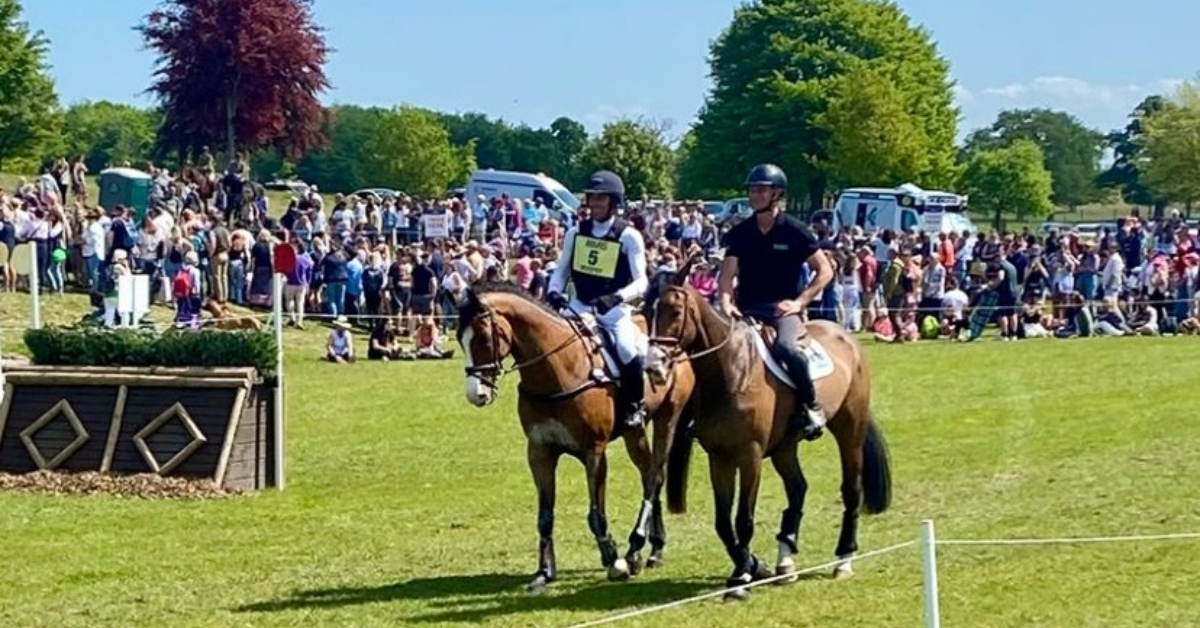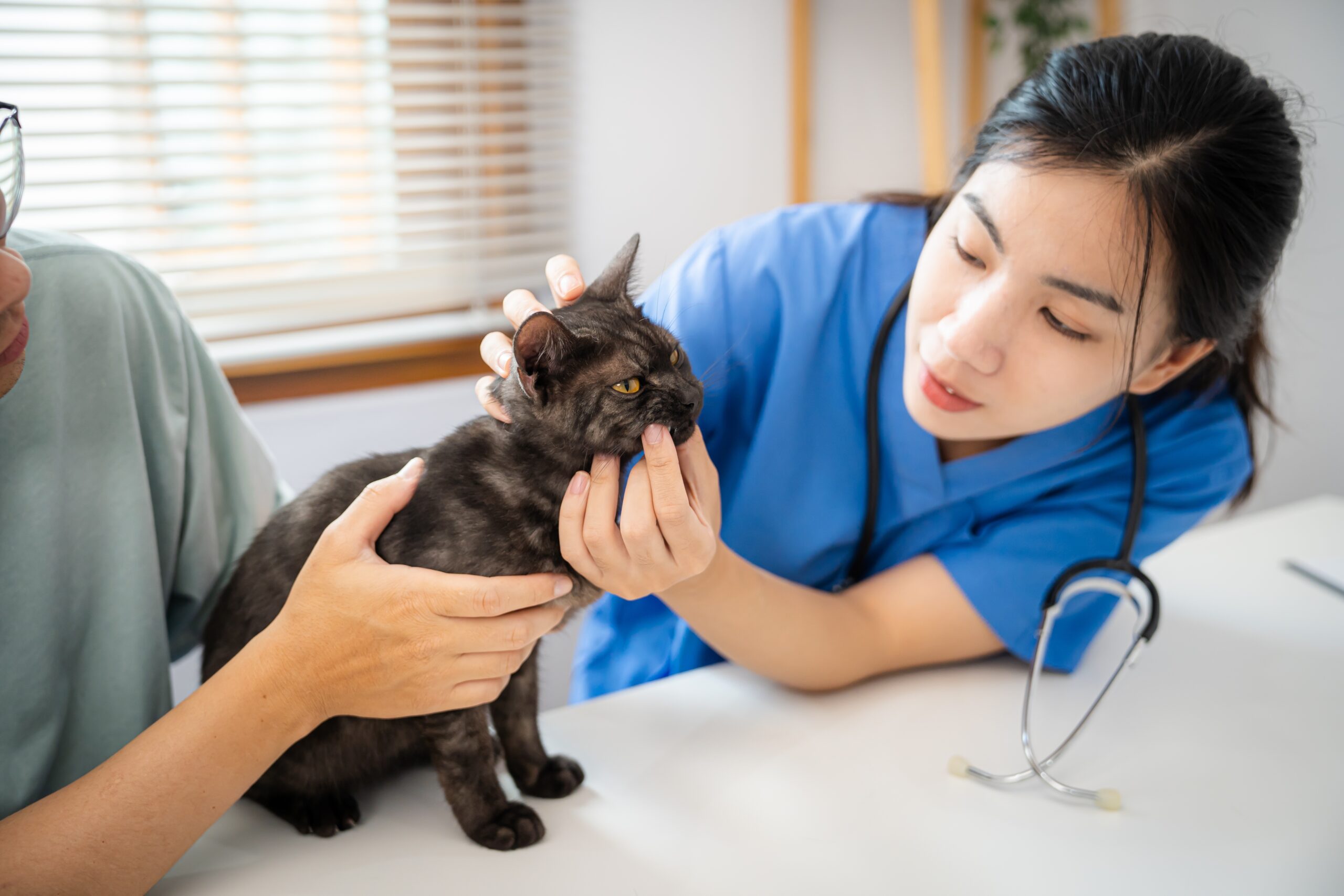My little Liffey is officially a yearling. January has come and so the universal birthday for all equines has now passed. I still can’t bring myself to call Liffey a yearling. She is a May baby so she is actually only seven months old – far too young to have that title. Yet, she has it. It got me thinking. As an industry, we are so used to having milestones for our horses to hit. Admittedly, yearlings have low expectations put on them but the expectation of breaking a horse at three, putting them out until four and then bringing them in to compete is widespread. I have the benefit of knowing Liffey’s mother. She was the classic case of a mare who needed time. She wasn’t one to be rushed but once you had her with you, she would move heaven and earth to make you happy. Liffey is already a cheekier version of her mother – and as much as I love it – it leaves me wondering how to proceed. I am fully prepared to take my lead from her. She is my only foal and only one of two in the yard. I am blessed with time. It has gotten me thinking though. Are we doing a disservice to our horses through the one size fits all approach in young horse competitions? Is it putting pressure on owners and producers to move horses along before they are quite ready?
We all know of a horse that was an excessively ugly two or three year old – fantastic breeding but all legs with limited knowledge of how to use said legs. I even know of one whose name was chosen because of their unconventional looks. That horse was a decent enough five year old but the leg to competence ratio still wasn’t at its max. In contrast, he was a stunning seven year old and eight year old. At 17.1hh, he just needed time to grow into himself. Most Irish Sport Horses tend to take that bit of extra time to mature, especially when compared to their continental counterparts. Although, that isn’t a reflection on the producer or the owner. To draw a comparison, the same producer or owner may have a 16hh horse in the stable next door who looks perfectly in proportion at three or four and by five has strengthened up a lot. This disparity can carry into their ridden careers, yet isn’t reflected in the class offerings. The decision, rather than being solely about whether the horse is capable of the required height, morphs into a decision about whether to offer the horse ring experience, a show atmosphere, and an opportunity to build confidence.
Considering I will only be producing Liffey for myself to ride, there is no pressure on me. She only has to do as much as I feel is necessary, taking into account everything from my future plans for her to how she has developed. I have long accepted that my horses are a never ending financial pit so I don’t need to make ends meet. This wouldn’t be the case if I was producing to sell or for someone else. In that case, my decisions would be scrutinised. Not competing could be seen as a negative reflection on the horse, a cause to question the horse’s talent or temperament. As professional producers need to make enough money to pay for their time and effort, there is a timeline automatically built into their plans. Most producers are incredibly talented and give the horses and ponies a brilliant start to their education. They are professionals, in every sense of the word. However, they aren’t in a position to keep a horse indefinitely as I am, or to make decisions based solely on their own opinions. They have to take into account how it will appear to a potential buyer. While they have a greater skill set than I have, they are also plagued by more limitations.
Is there a solution to this? Honestly, I’m not sure. I would love to see a subclass in young horse competition – like a development class within a development class. This could be entered on a points basis, with horses starting to accrue points in their four year old year. Horses below a certain points threshold could elect to take part in a sister competition at lower heights, potentially a less technical course or on a clear round league basis. It would still be the same venues, same day, same atmosphere. Would this create a space for the gangly five year olds of this world, the immature four year olds and the horse that was left an extra year? The entire industry would need to get on board with something like this. It would require a shift in our collective psyche. We need to continue to educate ourselves on young horse development. We would need to learn to draw comparisons between horses at differing places in their careers without writing off one. We would need to trust the process and see what happens when these horses reconvene. Do we not owe it to horses to try?


Share
Your subscription is 100% Free for our first year, No credit card details required.

The Judging Concerns That Keep Coming Back — And Why They Can’t Be Ignored Anymore We didn’t make it to

There are few sporting events that live up to the hype. Wimbledon? Too many strawberries. Cheltenham? Too many suits. But

British Veterinary Association publishes full response to Competition and Markets Authority’s proposed remedies for veterinary market for household pets. The